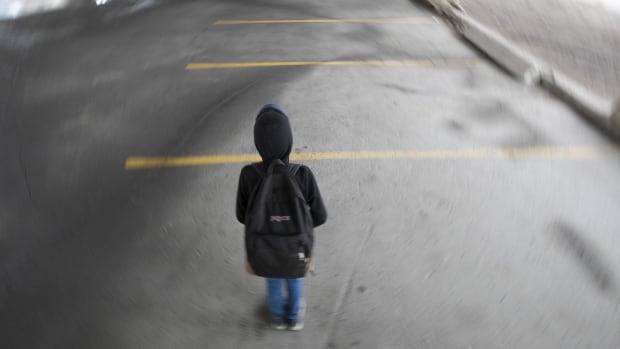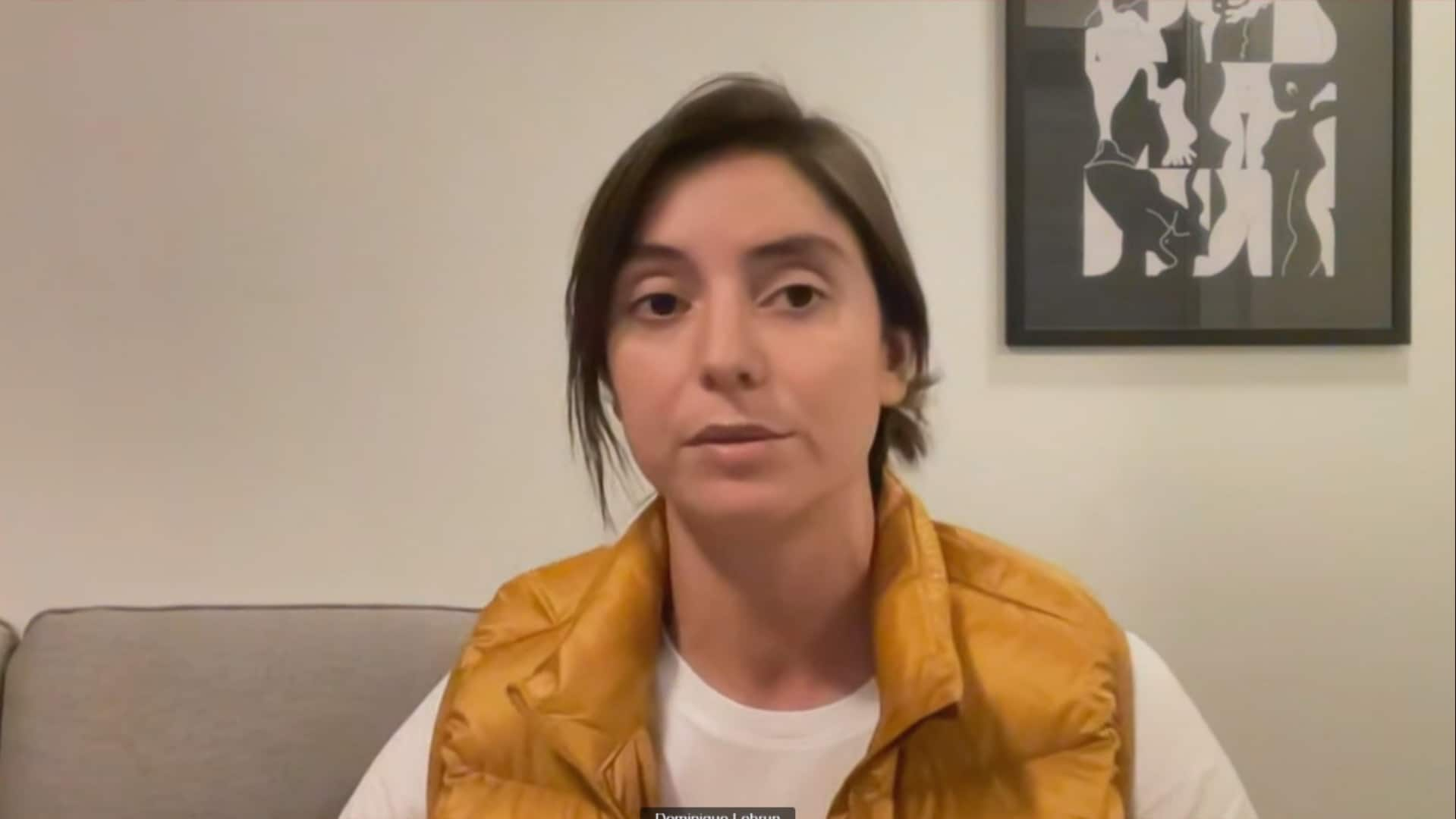
Quebec’s youth protection agency has revised its adoption registration form for parents and no longer allows them to explicitly state the preferred race for their child.
The change came after a Montreal lawyer argued the practice was unconstitutional and essentially made it more difficult for Black, brown and Indigenous children to find homes.
Dominique Lebrun said the form had “no other basis” but to exclude children of colour from social services.
“I think it had no place in the process,” Lebrun said.
Up until recently, that process included an application form that asked potential adoptive parents to describe what kind of child they wanted — including age range, sex, health status and race.
For race, parents only needed to check a box among several options including white, Black, mixed race, Asian or Indigenous.
In Quebec, there are two ways to adopt a child who is in youth protection.
Regular adoption is when a child’s biological parents or legal guardians consent to the adoption process.
Mixed bank adoption is when a child is considered at high risk of being abandoned by his parents and is put in foster care as a first step toward adoption.
As far as Lebrun is concerned, asking parents which race they prefer is especially problematic for mixed bank adoptions since, until the adoption process is complete, those foster families are paid by the Quebec government.
“I just felt very troubled by the fact that people could literally exclude [children of colour] from their applications especially when they are acting on behalf of the state. They are paid to be foster families,” she said.
“The state was actually enabling the discrimination to happen through its formal process.”
Lawyer Dominique Lebrun explains how Quebec’s adoption process made it more difficult for Black, brown and Indigenous children to find foster homes.
In the new, revised form, the check box is gone. Instead, parents are asked the following questions:
- Would you accept a child from a different cultural or ethnic background than yours?
- How would you prepare to the cultural needs of the child?
The form also asks the parents to list the positives as well as different challenges they think they will encounter if they were entrusted with such a child.
Historically, Black and Indigenous children have been overrepresented in the province’s youth protection system.
Stephen Hennessy, an educator who works at Montreal’s Jewish General Hospital and specializes in child and family mental health, says lots of harm could be caused to children if they are placed in homes that are not equipped to deal with their cultural realities.
Filtering parents, in that sense, can be a good thing, he says.
“I’d rather you be straight up and tell me ‘that’s not what I want’ than to take on a child and then further abuse or damage happens,” Hennessy said.
Intent was never to discriminate, Health Ministry says
Last year, Lebrun presented her master’s thesis on the topic to the province’s youth protection agency, known in French as the Directeur de la protection de la jeunesse. It highlighted the discriminatory effects of this system, such as creating “two distinct waiting lines” for children in need of foster homes, she said.
In a statement to CBC News, the Health Ministry said the head of the youth protection agency was concerned about the conclusions of the thesis and put a team together to look into possible changes to the form.
“The work group concluded that the wording of certain questions in the registration form could indeed cause an ambiguity,” said Marie-Hélène Émond, a spokesperson for the ministry.
The spokesperson also said that youth protection officials have the best interests of every child at heart — regardless of race or ethnicity — and there was a logic behind each of the questions on the form.
“The objective was never to discriminate against a child or a family on the basis of race or colour,” the spokesperson said.
The office of Quebec’s minister of social services, Lionel Carmant, says it is satisfied with the changes to the registration form.
Lebrun, whose thesis sparked the change, says the revised registration isn’t perfect but is a step in the right direction. And though she understands it’s important to put children with the right parents, the previous way of doing things was unacceptable, she said.
“From the moment you have a practice that is unconstitutional, you are legally obliged to find an alternative,” she said.
“I think if there is one state agency that should not commit discrimination against [children of colour], it’s probably youth protection.”
